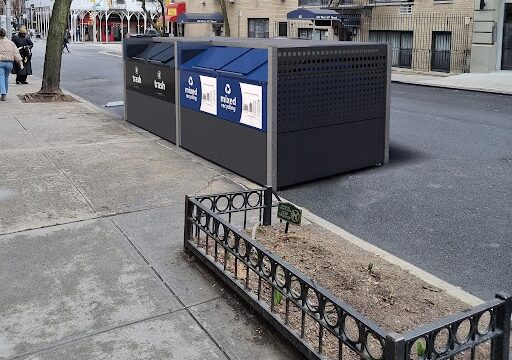
The Cities Leading the Way on Zero-waste Initiatives in 2023
With the ultimate goal of establishing zero-waste infrastructure, a number of cities across the United States are currently pioneering approaches to drastically reduce landfill waste through enhanced prevention and recycling practices. We explore 7 leading cities who have developed their own distinct initiatives, designed to enable pathways towards developing a truly zero waste society.
The Environmental Protection Agency (EPA) has been collecting data on waste generation and disposal in the US for a period of over 35 years. As of 2018, municipal solid waste (MSW) generation was reported to be at 292m tons annually, with half of that amount (146.1m tons) reported to be sent to landfill. In the same year, the Global Climate Action Summit was held in San Francisco. While only a few U.S. cities committed to becoming zero waste at the time of the summit, more have followed suit in recent years, with programs spreading across the country.

The Zero Waste International Alliance (ZWIA) defines zero waste as outlined by three guiding principles: producer responsibility; political responsibility, and community responsibility. To be considered a zero waste commitment, ZIWA only considers diversion targets of at least 90% from landfills, incinerators and the environment.
Due to varying abilities from U.S municipalities to enact changes to waste management and implement new initiatives, commitments and goals vary considerably across the country. While several of the cities discussed below ultimately weren’t successful in achieving their zero waste goals by the specified date, their efforts are nonetheless significant and continuous, establishing them as national leaders in developing zero-waste municipality programs.
Main Initiative – OneNYC 2050
Targets – Former mayor, Bill de Blasio, announced One NYC in April 2015 to address the city’s long term challenges, including sustainable solid waste management. Coupling environmental policies with economic development, New York City is at the forefront of national zero-waste policies and is committed to becoming a zero-waste city by 2030. Their ultimate vision is to become the most sustainable big city in the world and a global leader in the fight against climate change.

Progress – On June 8th 2023, NYC Council passed the “Zero Waste Act”, a new legislative package designed to advance the city’s efforts towards mandating recycling; introducing curbside organics collections, drop-off points in order to divert organic waste and recycling from landfills, and the creation of new community recycling centers in the five boroughs.
To reach zero waste targets for 2030, the ‘Zero Waste Act’ passed requirements for annual reporting on zero waste efforts. The NYC Department of Sanitation stated in their annual report that the city disposed of 3.16m tons of waste in 2022, with curbside and containerized collections helping to divert over 646,000 tons of recycling from landfills, including organics.
Main Initiative – Sustainable D.C.
Targets – Washington DC is a C40 city and has committed to specific goals in efforts to implement zero waste. Their zero-waste targets form part of the Sustainable D.C. Plan, and the nation’s capital has set a deadline of 2032 to reduce food waste by 60% and reduce per-capita waste generation by 15%, as compared to the 2015 baseline. This is alongside goals to reuse 20% of all waste produced in the district and achieve 80% waste diversion without landfill, waste‐to‐energy facilities, or incinerators.
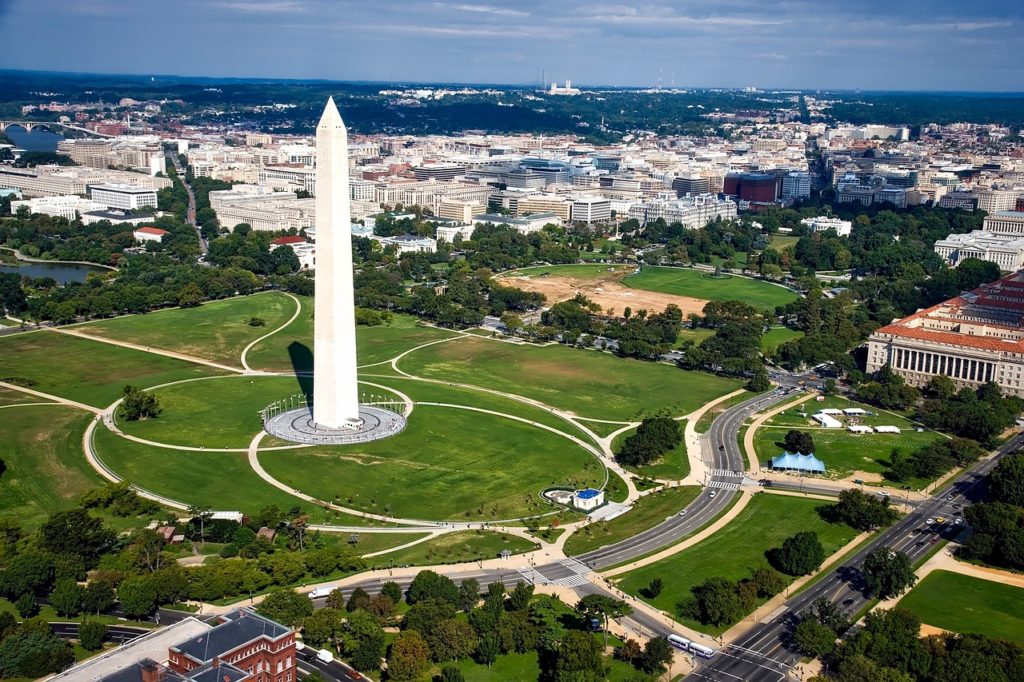
Progress – Washington DC has been proactive in integrating zero-waste efforts since 2014 when the Sustainable Solid Waste Management Amendment Act was established. In the same year, the city implemented greater producer responsibility, mandating electronics and paint manufacturers to collect, recycle, or safely dispose of their products. Additionally, Styrofoam containers have been banned since 2016.
Washington DC managed to increase waste diversion rates to 25% in 2020. To tackle food waste, the city has turned to composting as a solution, providing food waste drop off points at farmers markets and organizing workshops on composting at home for residents.The city has additionally created a Zero Waste DC portal, supporting businesses and schools work towards zero waste, providing resources to help implement enhanced waste management and diversion practices.
Main Initiative – Road to Zero Waste Plan
Targets – Back in 1999, Fort Collins set an ambitious goal of diverting 50% of waste from landfill. After an extensive nine-month planning process in 2013, the city council announced their new Road to Zero Waste Plan, providing a proposed pathway for achieving a 75% diversion rate goal by 2020, and 90% by 2025; alongside an overall aim to reach Zero Waste by 2030.

Progress – One of the fundamentals of the Road to Zero Waste Plan was a focus on food waste, enabling the promotion of the Good Samaritan Act, an initiative that provides liability protection for food donations.
The city has several companies who run a curbside organics collection service on subscription for residents. Fort Collins also operates a crushing facility, where aggregate materials are recycled and sold back to the community for use in a variety of projects.
Fort Collins reached its initial waste diversion goal in 2016, when the community achieved a 51.1% diversion rate. The success of the Fort Collins community in reaching waste-reduction targets led to the city aiming for zero waste by 2030.
Main Initiative – Austin Resource Recovery Master Plan
Targets – Austin first committed to achieving zero waste by 2040 by signing the Urban Environmental Accords, and were the first city in Texas to adopt a Zero Waste Strategic Plan in 2009.
To help implement the plan, the City Council adopted their Austin Resource Recovery Master Plan In December 2011. This demonstrated ambitious intentions to move from 38% waste diversion to 75% by 2020 and 90% by 2030, achieved through a collaboration with residents and businesses, including local private hauling, recycling and composting collection services. A main focus of the program was extending producer responsibility to enable a more sustainable supply chain.
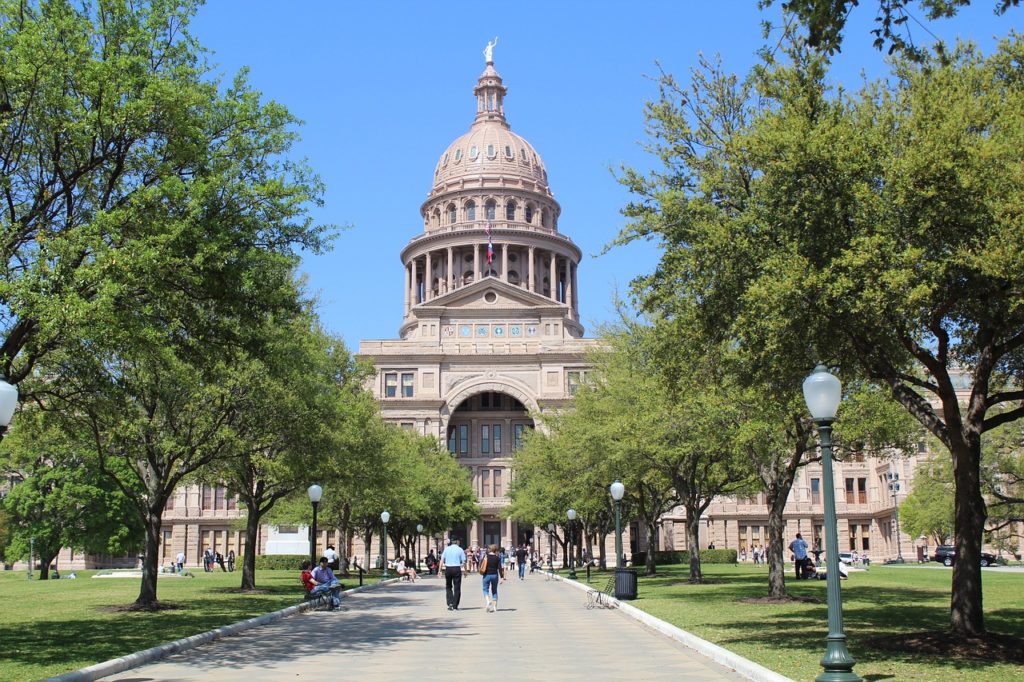
Progress – A weekly collection of solid waste and recyclables is made from residential customers of the Austin Resource Recovery Department, alongside access to curbside organics collection services and a zero waste rebate to incentivize customers to send less trash to landfills.
In 2016, Austin passed a bill which requires food enterprise facilities larger than 15,000 square feet to implement an organics diversion program. Austin implemented a Universal Recycling and Composting Ordinance in 2017, requiring all properties, businesses and multifamily housings to offer recycling collection services and ensure that food-related businesses provide their employees with access to landfill diversion methods.
Main Initiative – Zero Waste Strategic Plan
Targets – California is a state renowned for being ahead of the curve in regard to zero-waste programs in the US, and Oakland first adopted their Zero Waste Strategic Plan back in 2006. The plan focused on waste prevention over implementing recycling schemes with an aim to implement a 90% diversion rate, reducing the annual tons of waste sent to landfills from 400,000 tons to 40,000.
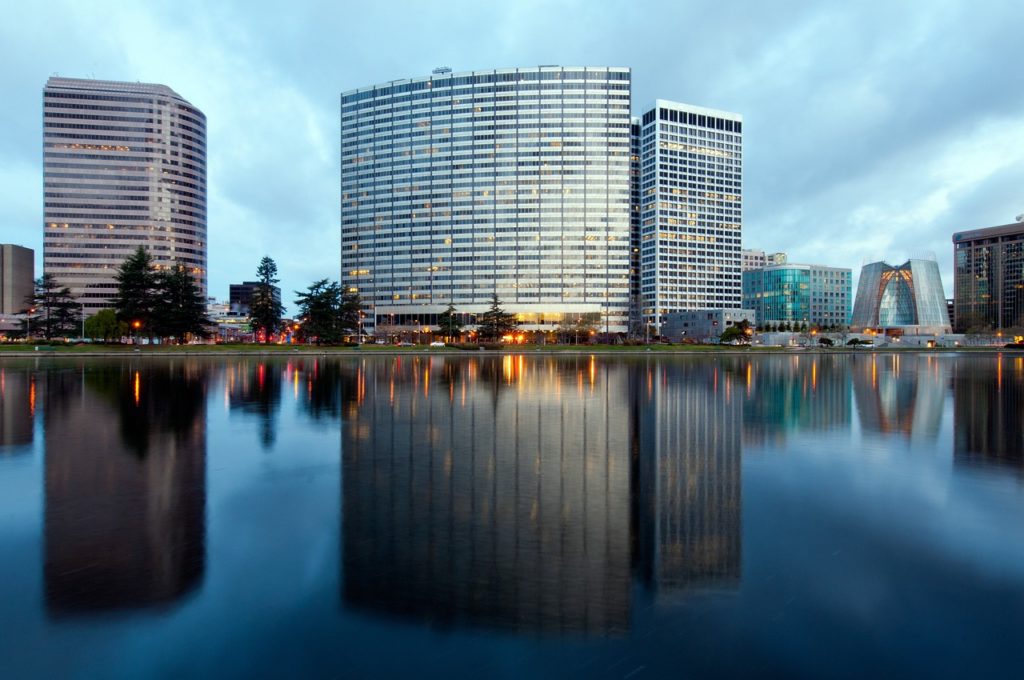
Progress – Oakland has implemented several strategies and incentives designed to reduce waste disposal, and improve and expand residential and commercial collection services for trash, recycling containers and organics carts. The city also provides a free bulky junk drop off and curbside collection service for residents, as part of their regular trash collection service.
The city settled a 5-year lawsuit against California Waste Solutions in 2021. Through litigation, CWS was found to have overcharged multi-family buildings for their contracted collection services by a total of around $6m during their contract with Oakland City Council. The settlement required CWS to refund approximately 2,000 multi-family building owners and lower their charges to be in-line with rates for the same backyard service at single-family buildings. This will contribute towards the city’s efforts to make curbside collection more accessible for all households.
Main Initiative – Mandatory Recycling and Composting Ordinance
Targets – In 2002, San Francisco set a 75% diversion rate by 2010 and zero waste by 2020 goal, with the city’s Mandatory Recycling and Composting Ordinance passed in 2009. The initiative required all residents of the city to separate all recyclables, compostables and trash.

In 2018, San Francisco updated its zero waste commitments to reducing solid waste generation by 15% and a 50% waste diversion from landfill or incineration by 2030.
Progress – San Francisco has been operating a large-scale food scraps recycling and composting program since 1996, the first city to do so in the U.S. Around 650 tons of organics are collected every day and converted to certified organic compost, which is then distributed for use by local orchards, vineyards and farmers, with the produce returned to San Francisco as a closed loop.
In 2012, the city succeeded in diverting close to 80% of waste in 2012, the highest rate achieved by any major city in the US. San Francisco also reported a 11.7% reduction in total disposal volumes from 2015-20.
Main Initiative – Zero Waste Resolution
Targets – Recycle 70% of municipal solid waste by 2022, and recycle 70% of construction and demolition debris by the year 2020.
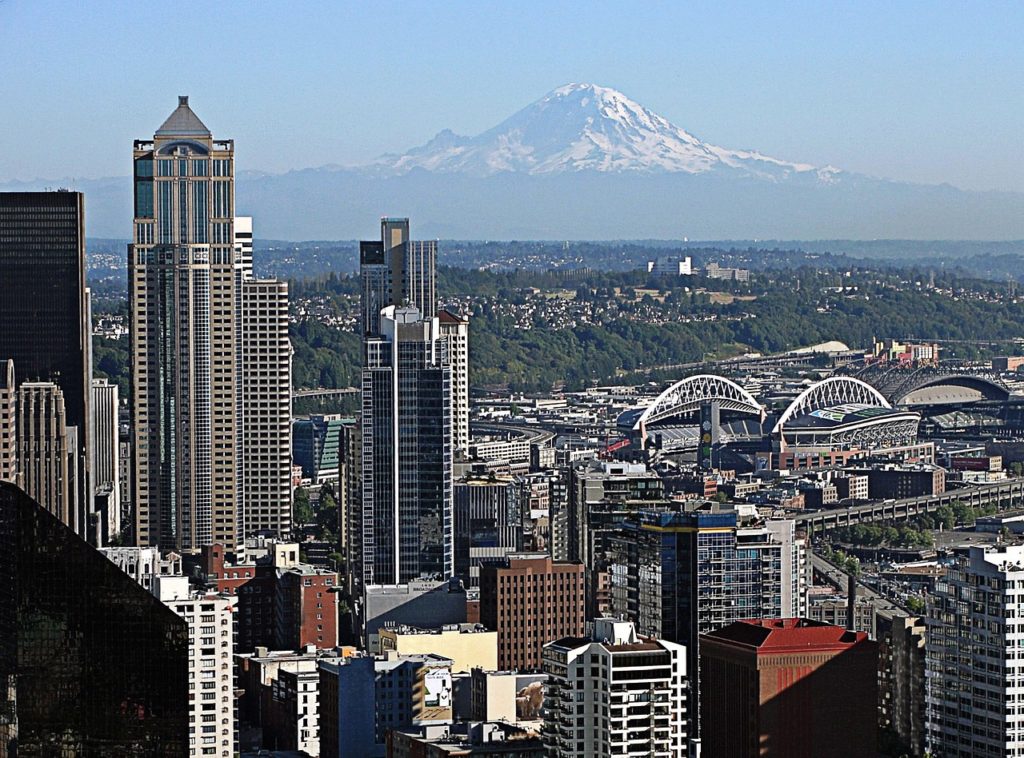
Progress – Seattle’s Zero Waste Resolution was adopted in 2007 and focused on enabling curbside organics collection and recycling services for single and multi-family homes, and ultimately banning organics from entering landfill. The city has worked hard to make recycling and organics diversion accessible. A mandatory recycling ordinance included a three year phase-in for single-family, multifamily, and commercial generators, with fines for noncompliance. However, despite hundreds of warnings issued to residential customers, few have escalated to enforcement, while no commercial fines have been issued.
Seattle’s residential per capita waste generation rate dropped to an all-time low of 2.23 pounds per person per day in 2017, while the city-wide rate for materials sent to landfill has been steadily decreasing since the turn of the century and is at an all-time low of 0.81 pounds per person per day.
Seattle recently adopted a 2022 Solid Waste Plan Update: Moving Upstream to Zero Waste, prioritizing waste prevention at the source over diversion rate goals, as part of continued efforts to move towards a zero-waste city.
For many of the nation’s cities, 2030 is the next major target date to demonstrate their progress towards reaching zero waste goals. While a number of cities, such as Chicago and Boston, will need time to develop their own zero waste initiatives, the examples set by the 7 leading cities explored here provide a great source of inspiration, and provide encouragement that the US is in for a decade of progressive and sustainable change.